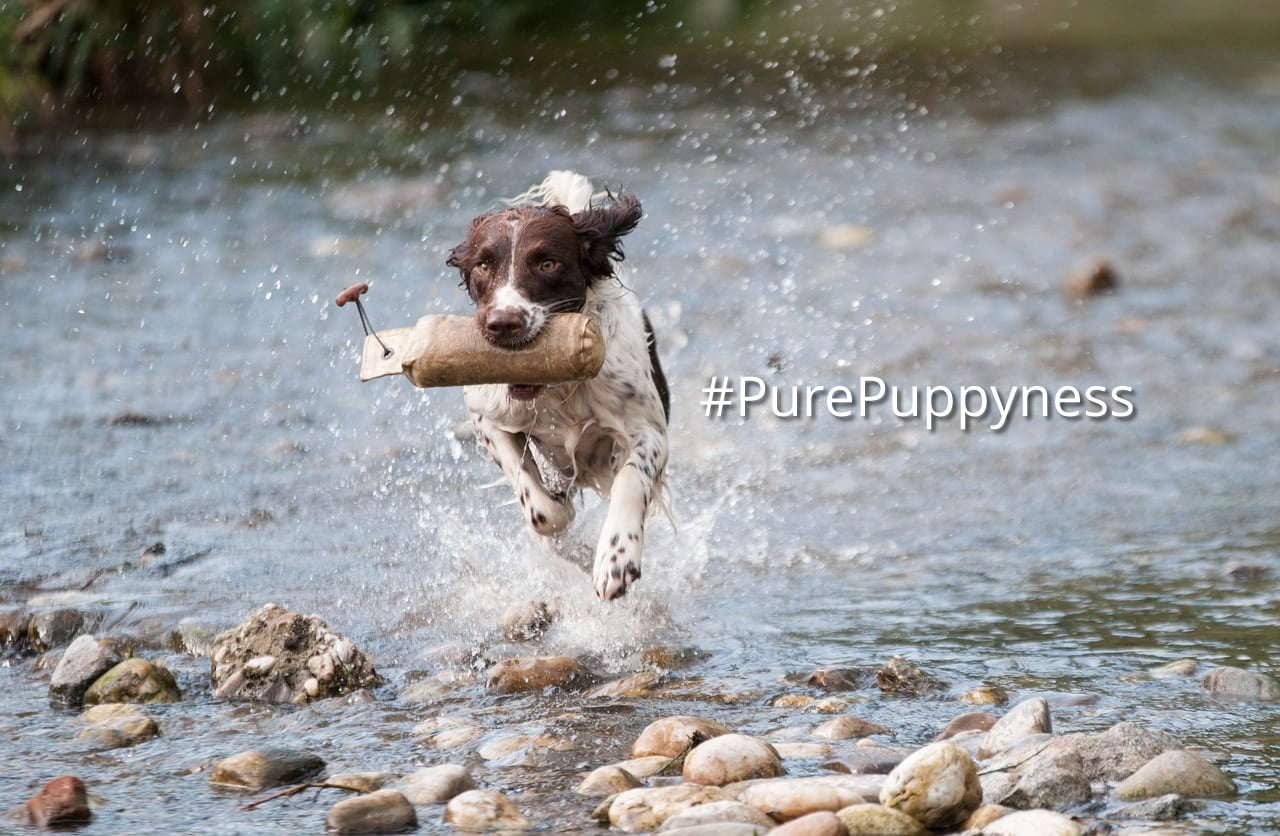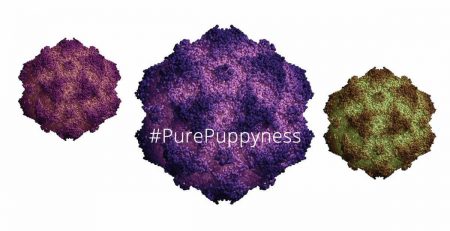BARF diet
The Biologically Appropriate Raw Food diet or Bones And Raw Food diet, better known as the BARF diet with the dog community, has been becoming increasingly popular in the last couple of years. In many cases the BARF diet has been used effectively, but it has also caused some heart ache to different dog owners. It is important to do your own research and do your best to inform yourself about what you are feeding your pet. It is very often that pet owners make poor decisions with regards to their pet’s diet due to lack of information. Feeding your pet a raw diet all looks simple. After all aren’t the wolves, the dog’s closest cousins, eating their food raw? Aren’t we right in assuming that dogs can eat raw food too? Unfortunately, even though these thoughts can be somewhat close to the truth, this decision needs a lot of thought before deciding to follow through.
What’s the BARF diet?
This diet consists mainly in a balanced mix of raw meat, bones, fruits and vegetables. The diet was advocated by Australian veterinarian Ian Billinghurst. The BARF diet caused quite a stir in the international Veterinary community. Even though it might make sense when you first think about it a lot of experts think that the diet although beneficial for some aspects of canine health, might also carry with it some significant risks. Sled dogs and Racing dogs are the ones usually being fed on this kind of diet. Owners should realize that these are exceptional cases and should not be considered standard for a house dog leading a calm, sedentary lifestyle; a dog that neither has the physical constitution and neither the adaptation that these dogs might have developed to these kind of diets. The raw food diet does not have the FDA’s approval to be fed to house pets and it is therefore your responsibility if anything happens to your dog.
The good
It is often observed that dogs on a good, balanced BARF diet are more energetic, have healthier oral hygiene and coats, and, fortunately for their owners, fewer and smaller stools. The reason being that although dogs can be considered to be omnivorous there are still a number of plant feed stuffs that are not ideal components to be in their diet. The BARF diet bypasses a lot of grains in the dog’s diet; this results in better oral hygiene because it provides less carbohydrates in the dog’s mouth and digestive system for bacterial populations to proliferate and become unbalanced. Proliferation of the bacteria in the oral cavity can result in an acidic mouth environment and this will often result in the deterioration of teeth. Bacterial proliferation can also result in the infection of the gums ultimately resulting in gum disease. Both these processes often result in situations where teeth go bad and often have to be extracted. A carbohydrate rich diet also sometimes result in abnormal gut flora proliferation and therefore loose stools and flatulence. The BARF diet also provides the dog with a lot of protein and fats that help for the upkeep of healthy skin and nice shiny coats. The availability of certain nutrients and the healthy balance of gut microflora when using this diet ensures that the dog has the optimal amount of energy to help it power through the day. Bones in these dog’s diet helps them maintain a healthy skeletal system. The BARF diet’s high proportion of meat and bone makes this diet very digestible and highly bioavailable resulting in small and infrequent stools.
The bad
Unfortunately this diet is not the holy grail of dog dietetics. The main two problem revolves around the raw meat and bone found in the diet and also the fact that owners rarely consult a pet dietician or veterinarian before setting sail in the treacherous waters that are the realm of dog dietetics. Although feeding raw human grade meat can usually be considered to be safe, there is always the risk of infection by bacteria such as E. Coli and Salmonella or several species of tapeworms among other parasites. For any owner in his right mind it should be very clear that these risks highly outweigh the benefits if their dog is not competing or doing any gruelling work. The bones provided in the diet can be a double edged sword; although bones can be a very useful, balanced source of calcium and other minerals, bones can break into fragments and result in the perforation or obstruction of the digestive tract. These are both very dangerous situations and often have to be resolved through surgery.






















